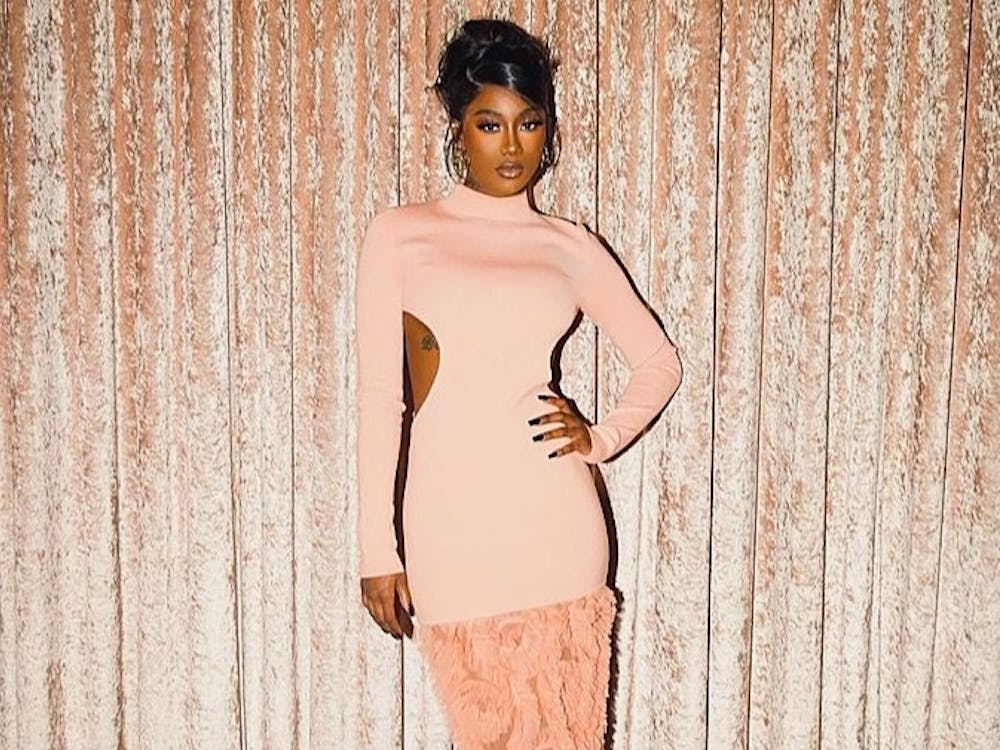The Hopkins Undergraduate Bioethics Society (HUBS) hosted a forum that discussed the bioethics of euthanasia and physician-assisted suicide on Nov. 13 in the AMR I Multipurpose Room. The forum focused on a person’s right to end their own life in the face of terminal illness.
HUBS Co-President Ahmed Elsayyad opened the forum by discussing Brittany Maynard, a terminal brain cancer patient who passed away on Nov. 1 after committing suicide. Elsayyad read from an essay Maynard wrote about the making the decision to end her life. CNN published this essay the day after her death.
“After months of research, my family and I reached a heartbreaking conclusion: there is no treatment that would save my life, and the recommended treatments would have destroyed the time I had left... I did not want this nightmare scenario for my family, so I started researching death with dignity,” Maynard wrote. “It is an end-of-life option for mentally competent, terminally ill patients with a prognosis of six months or less to live... I could request and receive a prescription from a physician for medication that I could self-ingest to end my dying process if it becomes unbearable. I quickly decided that death with dignity was the best option for me and my family.”
After reading about half of the essay, Elsayyad then opened the floor for discussion about whether or not people have the right to death.
Garrett Anderson, the other HUBS co-president, responded by bringing up the concept of inalienable rights such as the right to life and the pursuit of happiness.
“Certainly if you’re considered to have the right to life — that is to say someone can’t just walk up and shoot and kill you — you know, you have that right to life, shouldn’t you by that logic also have the right to death? You have control over your life,” Anderson said. “If [a person] is in a condition like Ms. Maynard, then certainly they should have the right to death. Their pursuit of happiness would involve avoiding all this suffering and pain, which she described as unnecessary and brutal for not just her but her family.”
Freshman Freddie McCall responded that he believed Maynard was not pursuing happiness by ending her life.
“The way I see it is that if you are pursuing death as an option, I feel like it’s not so much pursuing happiness. You’re just pursuing not pain, per se,” McCall said.
Junior Jackie Dillon said that euthanasia was not much different from other medical practices designed to alleviate suffering.
“There [are] options that would eventually have the same outcome as choosing human euthanasia,” Dillon said. “People can just refuse treatment if they don’t want it, so [euthanasia] is kind of just like speeding that process and forgoing suffering. I think that a lot of people who think that it’s a huge ethical issue think that a few months of suffering would be more important to someone’s life than it is.”
Elsayyad then clarified the difference between physician-assisted suicide, where a patient takes lethal pills on their own after consulting with a physician, and euthanasia, where a physician gives a patient a lethal injection.
Elsayyad also clarified that in order to be eligible for either method of death, a person must have a terminal diagnosis and six months or less to live. He questioned attendees as to why they thought that rule was in place.
Anderson responded by suggesting that high probability of death plays a role in determining when it is appropriate for someone to end his or her life.
“When we talk about these specific instances of people who have six months or less to live, I think that’s gone to a certain threshold where it’s more or less ‘whatever you do you’re probably going to end up deceased in the next six months, so perhaps it is ethical for you to go through this process of assisted suicide or euthanasia’,” Anderson said.
Anderson then suggested that in cases where imminent death is less likely, physician-assisted suicide or euthanasia is considered to be less socially acceptable.
“However, in cases beyond that six months — so say a year, two years, or even if you’re terminally ill — then there’s the argument from the other side,” Anderson said. “Wasting that time is kind of huge problem for many people, for both religious and nonreligious reasons.”
Sophomore Charltien Long said that regardless of the rules about physician-assisted suicide and euthanasia, the decision about when someone should end his or her life is ultimately in his or her hands.
“I don’t necessarily think that someone should tell you whether or not you’re allowed to die, but I think that people need to really understand why they’re doing it,” Long said.
Attendees also discussed the Hippocratic Oath, which condemns physician-assisted suicide and euthanasia.
“But it may also be within my power to take a life; this awesome responsibility must be faced with great humbleness and awareness of my own frailty. Above all, I must not play at God,” the oath reads.
Elsayyad asked attendees how they felt about the oath and whether they thought it conflicted with euthanasia and physician-assisted suicide.
“I feel like if [the oath] says that a physician’s only duty should be to heal, then it could be healing suffering as well — not just physical functioning,” freshman Izzy Brown said. “So by putting someone who wants to die and is in severe pain to death, then that could be considered healing in a sense.”
Anderson agreed with Brown and pointed out the fact that doctors do sometimes harm patients or cause them pain in order to ultimately heal them.
“Off the top of my head, I can think of a root canal. They’re really painful... but by doing that, the doctor or dentist or whoever is doing the procedure is potentially preventing infection, and if the infection were allowed to continue, that could lead to severe pain or death in the future,” Anderson said. “So in that instance, a physician is harming a patient, causing them pain, but, at the same time, they are behaving in a perfectly ethical manner.”
The meeting concluded with a discussion concerning the logic of euthanasia and physician-assisted suicide with regard to the right to life and to death.
“The right to life is just something you have, but the right to death — it seems like you would have to have a reason for it,” Dillon said. “It’s the right to choose a reason to die. It’s not wrong or right…it’s just not the same as a right to life.”
Anderson argued against the idea that people should only be permitted to undergo euthanasia if they are about to die.
“I think that so long as you’re following conditions that you’re not hurting anyone else physically... I think due to personal autonomy that one absolutely has the right to death whether they have a good reason or not,” Anderson said.






















Please note All comments are eligible for publication in The News-Letter.